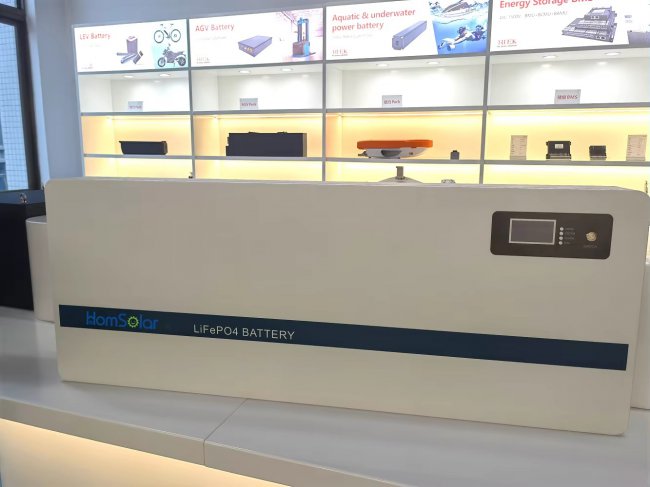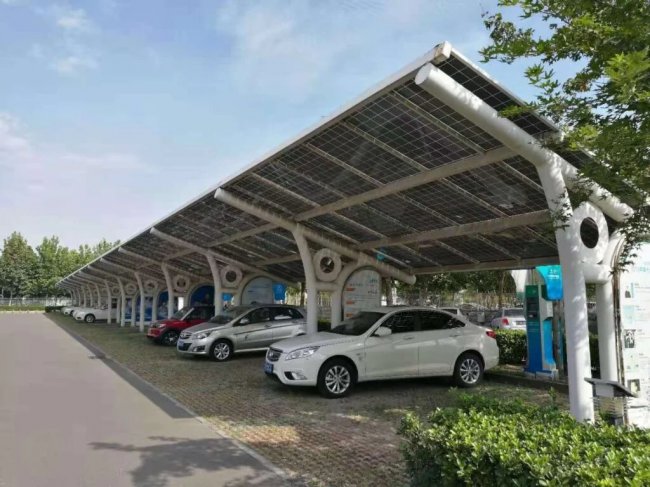How To Use Maintenance Tips: A Practical Guide To Extending Lifespan And Performance
Effective maintenance is not merely a reactive measure to fix problems but a proactive strategy to preserve value, ensure safety, and optimize performance. Whether applied to your car, home appliances, or even your personal computer, a disciplined maintenance routine is the most reliable way to prevent costly repairs and extend the useful life of your assets. This guide provides a structured approach to understanding and implementing maintenance tips effectively.
Understanding the Core Principles of Maintenance
Before diving into specific steps, it's crucial to grasp the fundamental types of maintenance:
1. Preventive Maintenance (Scheduled): This is the cornerstone of good practice. It involves performing routine checks and services at predetermined intervals (based on time or usage) to prevent failures before they occur. Examples include changing your car's oil, cleaning your air conditioner's filters, and servicing your furnace annually. 2. Corrective Maintenance (Reactive): This addresses problems after they have been identified. While sometimes unavoidable, the goal of a good maintenance strategy is to minimize the need for this type of repair through effective preventive measures. 3. Predictive Maintenance: This more advanced approach uses data and monitoring tools (like vibration analysis or thermal imaging) to predict when a failure might occur, allowing for intervention at the most optimal time.
For most individuals, a focus on Preventive Maintenance yields the greatest benefits.
A Step-by-Step Guide to Implementing Maintenance Tips
Follow this structured process to integrate maintenance into your routine seamlessly.
Step 1: Source Reliable Information The first and most critical step is to gather accurate information. Do not rely on vague online forums alone.Consult the Official Manual: The user manual provided by the manufacturer is the single most authoritative source. It contains specific schedules, recommended products (e.g., oil viscosity, coolant type), and procedures tailored to your exact model.Identify Key Specifications: Note down important details such as model numbers, serial numbers, and manufacturing dates. This information is vital when purchasing replacement parts or seeking professional advice.Use Manufacturer Resources: Many companies offer online portals, video tutorials, and detailed FAQs for their products.
Step 2: Create a Maintenance Schedule Information is useless without organization. Create a dedicated maintenance log.Digital or Physical Log: Use a notebook, a spreadsheet, or a dedicated app to track all maintenance activities.Record Everything: For each item, note the date of service, the specific work performed, the parts used (including brand and model), and the mileage or hours of operation if applicable. This history is invaluable for diagnosing future issues and for proving service records if you sell the item.Set reminders: Use calendar alerts (digital or physical) to notify you of upcoming service intervals. For example, set a recurring reminder every 3 months to check your smoke detector batteries.
Step 3: Gather the Right Tools and Materials Attempting maintenance with the wrong tools can lead to damage and injury.Basic Toolkit: A well-stocked basic toolkit should include screwdrivers (both flathead and Phillips), adjustable wrenches, pliers, a socket set, a torque wrench (for precise tightening, crucial for automotive work), and a good flashlight.Product-Specific Tools: Some tasks require special tools, such as an oil filter wrench for car maintenance or a coil cleaning brush for an air conditioner. Research these needs beforehand.Quality Consumables: Always use the grades and types of fluids, filters, and parts recommended by the manufacturer. Using inferior products to save a small amount of money can lead to major expenses down the line.
Step 4: Execute the Maintenance Task With knowledge, a plan, and the right tools, you are ready to perform the task.Safety First: Always disconnect power sources (unplug appliances, disconnect the battery in a car) before beginning work. Wear appropriate Personal Protective Equipment (PPE) such as safety glasses, gloves, and sturdy shoes.Work in a Clean, Well-Lit Area: This helps you see what you are doing and prevents the introduction of dirt into sensitive components.Follow the Procedure: Adhere to the steps outlined in the manual. Do not take shortcuts. If a part requires a specific tightening torque, use a torque wrench.Take Your Time: Rushing leads to mistakes. Be methodical and careful.
Step 5: Inspect, Test, and Clean Up After completing the task, a final check is essential.Visual Inspection: Double-check that everything is reassembled correctly, there are no loose connections, and no tools or parts are left behind.Operational Test: Before considering the job complete, test the item. For a car, start the engine and check for leaks. For an appliance, run a short cycle to ensure it functions properly.Proper Disposal: Dispose of used oil, old filters, and other waste materials responsibly at a designated recycling center. Do not pour chemicals down the drain or throw them in the regular trash.
Essential Tips and Practical AdviceStart Small: If you are new to maintenance, begin with simple tasks like cleaning filters or lubricating hinges. Success with small jobs builds confidence for more complex procedures.Know Your Limits: Be honest about your skill level. Some tasks, like working on high-voltage systems, repairing gas appliances, or complex electronic diagnostics, are best left to certified professionals. Attempting these without proper training is dangerous.The "While You're In There" Rule: If you have gone to the effort to disassemble something to perform a task, check the condition of adjacent components. For example, if you are replacing a car's serpentine belt, check the tensioner and idler pulleys for wear since they are already accessible.Listen and Feel: Often, the first signs of a problem are auditory or tactile—a new noise, a vibration that wasn't there before, or something that feels loose. Investigate these clues promptly.
Important注意事项 (Precautions)Voiding Warranties: Be aware that performing your own maintenance on a new product may void the manufacturer's warranty. Always check the warranty terms and conditions before proceeding.Personal Safety: Never underestimate risks like electrical shock, burns from hot components, or injuries from under-pressure systems (e.g., cooling systems). If you are unsure, stop and consult a professional.Environmental Hazards: Handle chemicals, batteries, and other hazardous materials with care. Follow local regulations for their disposal.
By adopting a systematic approach to maintenance, you transition from being a passive owner to an active steward of your possessions. This not only saves money and prevents frustration but also provides the deep satisfaction that comes from understanding and caring for the tools and machines you depend on every day.
Customized/OEM/ODM Service
HomSolar Supports Lifepo4 battery pack customization/OEM/ODM service, welcome to contact us and tell us your needs.


HomSolar: Your One-stop LiFePO4 Battery Pack & ESS Solution Manufacturer
Our line of LiFePO4 (LFP) batteries offer a solution to demanding applications that require a lighter weight, longer life, and higher capacity battery. Features include advanced battery management systems (BMS), Bluetooth® communication and active intelligent monitoring.

Customised Lithium Iron Phosphate Battery Casing
ABS plastic housing, aluminium housing, stainless steel housing and iron housing are available, and can also be designed and customised according to your needs.

HomSolar Smart BMS
Intelligent Battery Management System for HomSolar Energy Storage System. Bluetooth, temperature sensor, LCD display, CAN interface, UART interface also available.


Terminals & Plugs Can Be Customized
A wide range of terminals and plugs can be customised to suit the application needs of your battery products.

Well-designed Solutions for Energy Storage Systems
We will design the perfect energy storage system solution according to your needs, so that you can easily solve the specific industry applications of battery products.



About Our Battery Cells
Our energy storage system products use brand new grade A LiFePO4 cells with a battery lifespan of more than 4,000 charge/discharge cycles.



Applications in Different Industries
We supply customized & OEM battery pack, assemble cells with wiring, fuse and plastic cover, all the cell wires connected to PCB plug or built BMS.
Applications: E-bike, Electric Scooter, Golf Carts, RV, Electric Wheelchair, Electric Tools, Robot Cleaner, Robot Sweeper, Solar Energy Storage System, Emergency Light, Solar Power Light, Medical Equipment, UPS Backup Power Supply.
We can provide you with customized services. We have the ability to provide a vertical supply chain, from single cells to pack/module and to a complete power solution with BMS, etc.


HomSolar (Shenzhen) Technology Co., Ltd
























